Learn Graphic Design From Online Courses
Gain skills by using design software and discover concepts like color theory and typography.
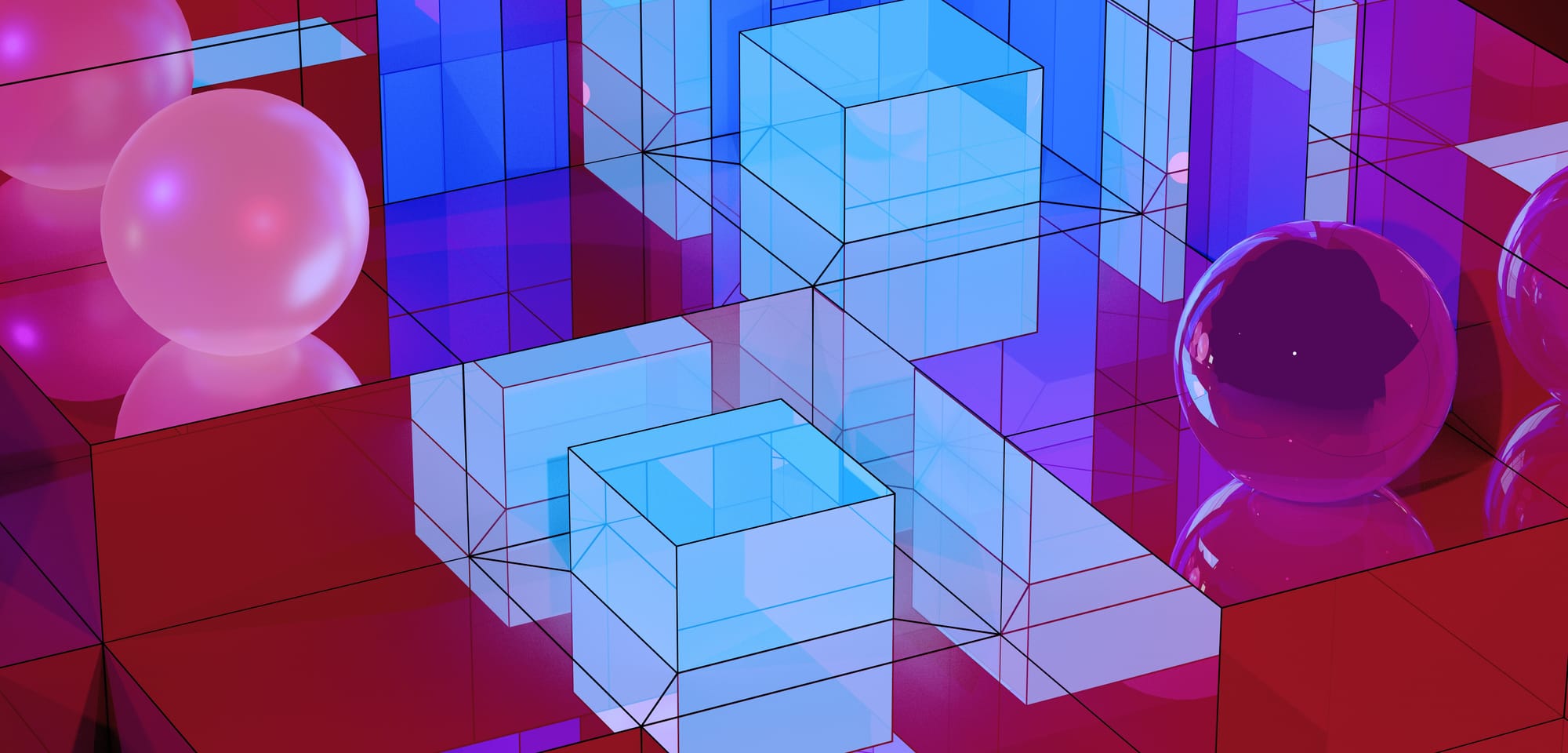
Graphic design is the art and practice of planning and projecting ideas with visual and textual content. It involves taking graphical and textual elements to create meaningful visuals using technology.
The purpose of graphic design is to communicate messages effectively through visuals. Whether it's a logo, a magazine layout, or a marketing email, graphic designers use their creativity and technical skills to capture the audience's attention and convey information in a visually appealing way.
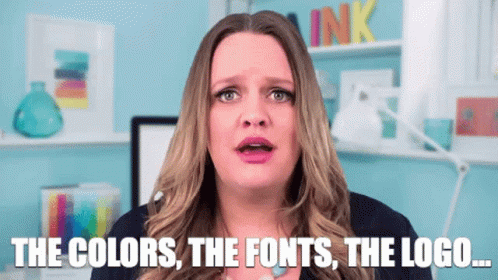
What Makes Graphic Design Important?
Graphic design plays a crucial role in commercial advertisements, where eye-catching designs and persuasive visuals are used to make people interested in products and services.
Designers can make their creative ideas real through graphic design. And with the advancement of technology and the availability of various design software, graphic design has become more accessible than ever.

In conclusion, graphic design is all about using visual and textual content to create meaningful visuals that communicate messages effectively. With the right mix of creativity and technical skills, any aspiring designer can embark on a successful career in the dynamic world of graphic design.
What To Expect In A Graphic Design Course?
Graphic design courses cover a wide range of subjects to help you become a successful designer in the real world.
When you enroll in one of these courses:
- You'll gain a solid foundation in core design skills and principles
- You'll develop your technical skills
Skills Gained From Taking A Graphic Design Course
By taking a graphic design course, you can gain a wide range of skills that are valuable in various fields, including graphic design and marketing communications.

These skills include a strong knowledge of foundational design principles, a keen eye for aesthetics, and effective communication through visual design.
1. Understanding Of Foundational Design Principles
One of the key skills that you can gain is a deep understanding of foundational design principles. You'll explore various aspects of graphic design, including layout design, typography, working with images, logo design, and the visual relationship between words and images.
2. Identify And Evaluate Aesthetics
Another important skill is the ability to recognize and appreciate aesthetics. Participants will learn how to evaluate and critique design work based on principles of balance, harmony, and visual impact. This skill enables them to create designs that are not only visually pleasing but also effectively convey the intended message to the target audience.
3. Ability To Effectively Communicate
Effective communication is a fundamental skill that is emphasized in graphic design courses. You'll learn how to use visual elements, typography, and images to effectively communicate messages and ideas. You'll understand the importance of hierarchy and visual hierarchy in conveying information and will develop the skills to create designs that are both aesthetically pleasing and clearly communicate the desired message.
4. Take Away
These skills acquired through a graphic design course can be applied in various fields, such as graphic design and marketing communications. Graphic designers can utilize their design skills to create visually stunning and impactful designs for various media such as websites, branding materials, and promotional materials.
In marketing communications, these skills are invaluable in creating visually appealing and persuasive marketing materials that engage and attract target audiences.
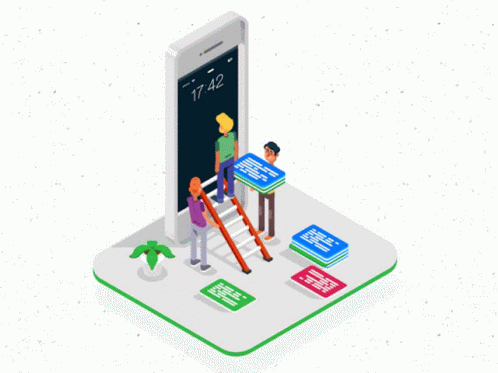
Common Software Used In Graphic Design Courses
In graphic design courses, you'll have the opportunity to learn and gain practical experience using a variety of common design software. These programs are essential tools that every aspiring graphic designer should be familiar with.
1. Canva
One popular software used in graphic design courses is Canva. Canva is a user-friendly online design tool that offers a wide range of templates, graphics, and fonts. It's particularly valuable for beginner designers looking to create professional-looking designs quickly and easily.
2. Adobe Photoshop
Adobe Photoshop is another widely used software in graphic design courses. It's a powerful image editing program that allows designers to manipulate and enhance images. Photoshop offers a range of tools and features to create, edit, and enhance images, making it an indispensable tool for graphic designers.
3. Adobe Illustrator
Adobe Illustrator is another essential program in graphic design courses. It's a vector-based software used to create illustrations, logos, icons, typography, and other scalable graphics. Illustrator provides advanced tools and features to create precise and high-quality designs.
4. Take Away
Learning how to use these software programs is crucial for any aspiring graphic designer to gain practical experience. Proficiency in these programs allows designers to execute their creative ideas effectively and efficiently.
Employers often seek candidates with experience using these software programs, making it essential for you to become proficient in them.
Understanding The Design Process
Understanding the design process is an essential aspect of any graphic design course. This process involves the systematic approach to solving design problems and creating effective visual solutions.
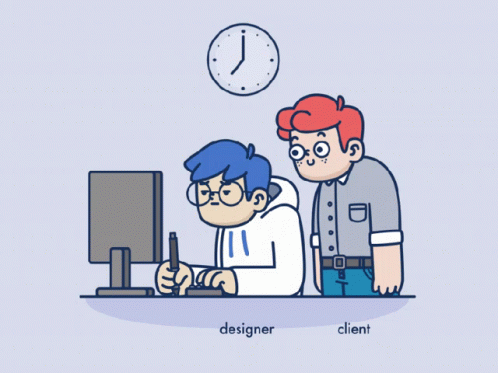
It begins with a thorough understanding of:
- The client's needs and objectives
- An extensive knowledge base, backed up with research
- And brainstorming methods to gather inspiration and ideas
The next step involves sketching and prototyping, where as a designer, you'll translate your concepts into tangible visual representations. From there, you'll refine and iterate on your designs, considering factors such as color theory, layout, typography, and composition.
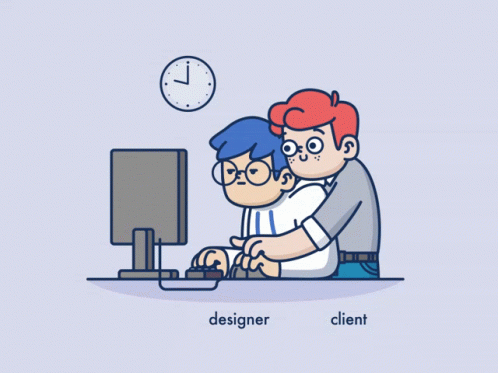
The design process also includes feedback and collaboration with clients and team members to ensure the final product meets the desired goals.
Creative Thinking And Problem Solving Strategies
Creative thinking and problem solving are essential skills for graphic designers to effectively tackle design challenges. The ability to think outside the box and develop innovative solutions is what sets successful designers apart.
1. Brainstorming
One of the key strategies for creative thinking is brainstorming. By bringing together a diverse group of individuals, ideas can be generated through open and free-flowing discussions. This allows designers to explore multiple perspectives and possibilities.
2. Mind Mapping
Another strategy is mind mapping. This visual technique helps you to organize your thoughts and ideas in a structured manner. By visually connecting different concepts and ideas, you can uncover new connections and patterns that may lead to creative solutions.
3. Prototyping
Prototyping is also a valuable strategy in the creative process. By creating rough drafts or mock-ups, designers usually test and refine ideas before finalizing a design. This iterative approach encourages exploration and experimentation, leading to more innovative outcomes.
4. Take Away
By incorporating these strategies into your design process, you can stimulate your creative thinking and problem-solving skills. Because of this, graphic designers are able to approach design challenges with fresh perspectives and develop unique and effective solutions.

Analyzing Different Types Of Visual Media And Their Uses
When it comes to graphic design, understanding and analyzing different types of visual media is crucial. Visual media, such as photographs, illustrations, typography, and motion graphics, play a significant role in conveying messages and connecting with viewers.
1. Photographs
Photographs are powerful visual tools that can evoke emotions, tell stories, and capture attention. They are commonly used in advertising campaigns, websites, and social media posts to engage and resonate with the audience. Illustrations, on the other hand, offer a more whimsical and unique approach to design. They can be used to create eye-catching logos, posters, or packaging designs that stand out from the crowd.
2. Typography
Typography, the art of arranging type, is a fundamental element of graphic design. Different typefaces, fonts, and layouts can communicate various tones, moods, and messages. From elegant and sophisticated to bold and playful, typography helps capture the essence of a brand or project.
3. Motion Graphics
Motion graphics combine elements of graphic design and animation to create visually compelling and dynamic content. They are commonly used in video advertisements, website banners, and presentations, adding movement and interactivity to the design.
4. Take Away
Whether it's through stunning photographs, captivating illustrations, impactful typography, or engaging motion graphics, visual media is a powerful tool in the world of graphic design.
Exploring The Elements Of Visual Communications
Graphic design plays a crucial role in effectively communicating messages visually. With its power to transcend language barriers, graphic design has the ability to convey messages and evoke emotions to a wide audience.
Through the use of visual elements such as color, typography, and imagery, graphic designers can create designs that capture attention and tell stories. The combination of these elements allows designers to communicate complex ideas in a simple yet impactful way.
1. Color
Color is another important element in visual communications. Different color palettes and color theories can evoke specific emotions and enhance the overall message of a design. Warm colors such as red and yellow can create a sense of warmth and enthusiasm, while cool colors like blue and green can evoke calmness and serenity.
2. Imagery And Illustration
In addition to typography and color, imagery and illustration also play a significant role in visual communications. By carefully selecting and creating visuals that support the message, graphic designers can engage and resonate with their audience.
3. Take Away
By understanding and mastering the tools and techniques of graphic design, designers can effectively communicate visually and create designs that not only capture attention but also leave a lasting impression on the audience.
Establishing Aesthetic and Technical Guidelines for Projects
Establishing aesthetic and technical guidelines for graphic design projects is of utmost importance.
These guidelines serve as a roadmap for designers, helping them create visually pleasing and effective designs.

1. Maintaining Consistency In Design
By establishing a set of rules for color palettes, typography choices, and layout principles, designers ensure that each element within a project is cohesive and harmonious.
Consistency in design allows for better brand recognition and helps build trust with the audience.

2. Maintaining Cohesion In Visual Design
This helps designers make design choices that align with the brand's identity and resonate with the target audience. A consistent visual style across different projects, such as marketing materials or website layouts, creates a unified brand experience.

3. For Example
- Color palette guidelines will specify the approved colors to be used, ensuring that all designs within the project adhere to a consistent color scheme.
- Typography guidelines will determine which fonts can be used, helping maintain a consistent tone and style across different materials.
- Layout principle guidelines will define the placement and hierarchy of elements, ensuring a clear and organized design.
4. Take Away
In conclusion, establishing aesthetic and technical guidelines for graphic design projects is crucial for maintaining consistency and cohesion in visual design.
Developing Technical Skills For Successful Designs
Technical skills play a crucial role in the field of graphic design, as they enable designers to bring their creative visions to life effectively. By acquiring these skills, graphic designers can effectively communicate their ideas, create visually appealing designs, and tackle various design projects with confidence.
Additionally, technical skills empower designers to experiment with different techniques and explore new design trends, ensuring they stay relevant in the ever-evolving design industry. With a strong foundation in technical skills, graphic designers can navigate the challenges of their profession and produce high-quality designs that meet the needs of their clients and engage their target audience.
Creating Vector Graphics & Motion Graphics
In a graphic design course, you'll be introduced to the fascinating world of creating vector graphics and motion graphics.
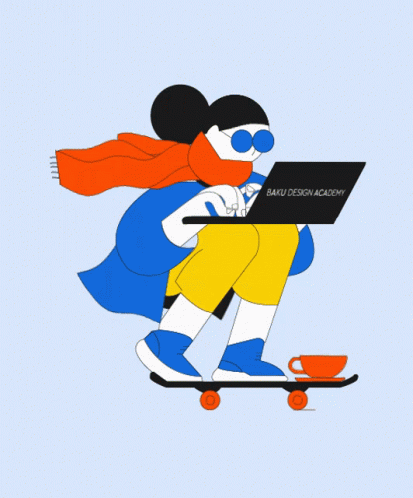
Vector Graphics
Vector graphics are a unique type of digital art that stands out for its precision and flexibility. Unlike traditional images made of pixels, vector graphics are composed of mathematical equations that define lines, curves, and shapes. This mathematical foundation grants them incredible versatility.
They are scalable and can be resized without losing quality, making them ideal for logos, illustrations, and icons. The precision of vector graphics also makes them an excellent choice for intricate illustrations and detailed icons. Designers can achieve sharp lines, smooth curves, and intricate shapes that remain crisp and clear no matter how much they are enlarged or shrunk.

Motion Graphics
Motion graphics, on the other hand, involves animating visual elements to bring them to life. You'll have the power to convey complex ideas and stories through visual storytelling.
Learning motion graphics involves understanding the principles of animation, timing, and movement. You'll get to explore software tools specifically designed for creating animations, which can range from simple movements to intricate visual effects. With practice and creativity, you'll be able to craft stunning animations that captivate audiences and enhance your overall design skills.
Take Away
Understanding design principles like balance, harmony, and hierarchy is crucial in creating successful vector and motion graphics. A graphic designer course will teach you how to apply these principles effectively to create visually pleasing compositions.
You'll also learn how to develop technical skills in using layers, typography, and color palettes to enhance their designs.
By mastering vector graphics and motion graphics, you'll be equipped with versatile skills that can be applied to a wide range of design projects. You'll then be able to create stunning visuals for marketing materials, magazine layouts, and website designs. Animation adds an extra layer of dynamism to their creations, making them more interactive and engaging.
Understanding Color Theory
Understanding color theory is important in graphic design, and plays a significant role in creating visually appealing compositions. Color theory helps designers make informed decisions about color palettes, creating harmonious designs that evoke the desired emotions and convey the intended message.
1. Color Wheel
A fundamental concept in color theory is the color wheel, which consists of primary, secondary, and tertiary colors. Primary colors, like red, blue, and yellow, cannot be made by mixing other colors. Secondary colors are created by combining two primary colors, while tertiary colors are a combination of primary and secondary colors. By understanding the relationships between these colors, designers can effectively select complementary or analogous color schemes.
2. Color Palettes
Color palettes are essential in creating cohesive designs. A color palette consists of a selection of colors that work well together and can include primary, secondary, tertiary colors, as well as neutral colors like black, white, and grays. Designers can explore different palettes to set the mood and tone of their designs.
Understanding Typography Basics
Typography is another essential aspect of graphic design. It involves the selection and arrangement of fonts for effective communication. Designers consider factors such as legibility, readability, and appropriateness in font selection.
Spacing between letters and lines, known as kerning and leading, respectively, also play a crucial role in typography.

Hierarchy in typography refers to the visual arrangement of text elements to indicate the importance and order of information.
To create a clear hierarchy, use these techniques to guide the viewer's attention:
- Font size
- Weight
- Styling
Final Thoughts
When you finish your graphic design course, you'll know a lot more about the basic ideas and principles linked to graphic design. This will help you make designs that work well for many different industries.
In your course, you'll acquire a deep appreciation for design concepts like layout, composition, color theory, and typography. With this knowledge, you can make designs that tell stories, evoke emotion, and get people's attention.
You'll also get to practice real-world scenarios, by doing hands-on projects for clients. This will help you use what you've learned to solve design problems. So when you're done, you'll be ready to address design problems creatively and strategically that cater to various industries such as advertising, branding, web design, and more. With what you've learned in the course, you'll be be ready to step confidently into the world of design!

